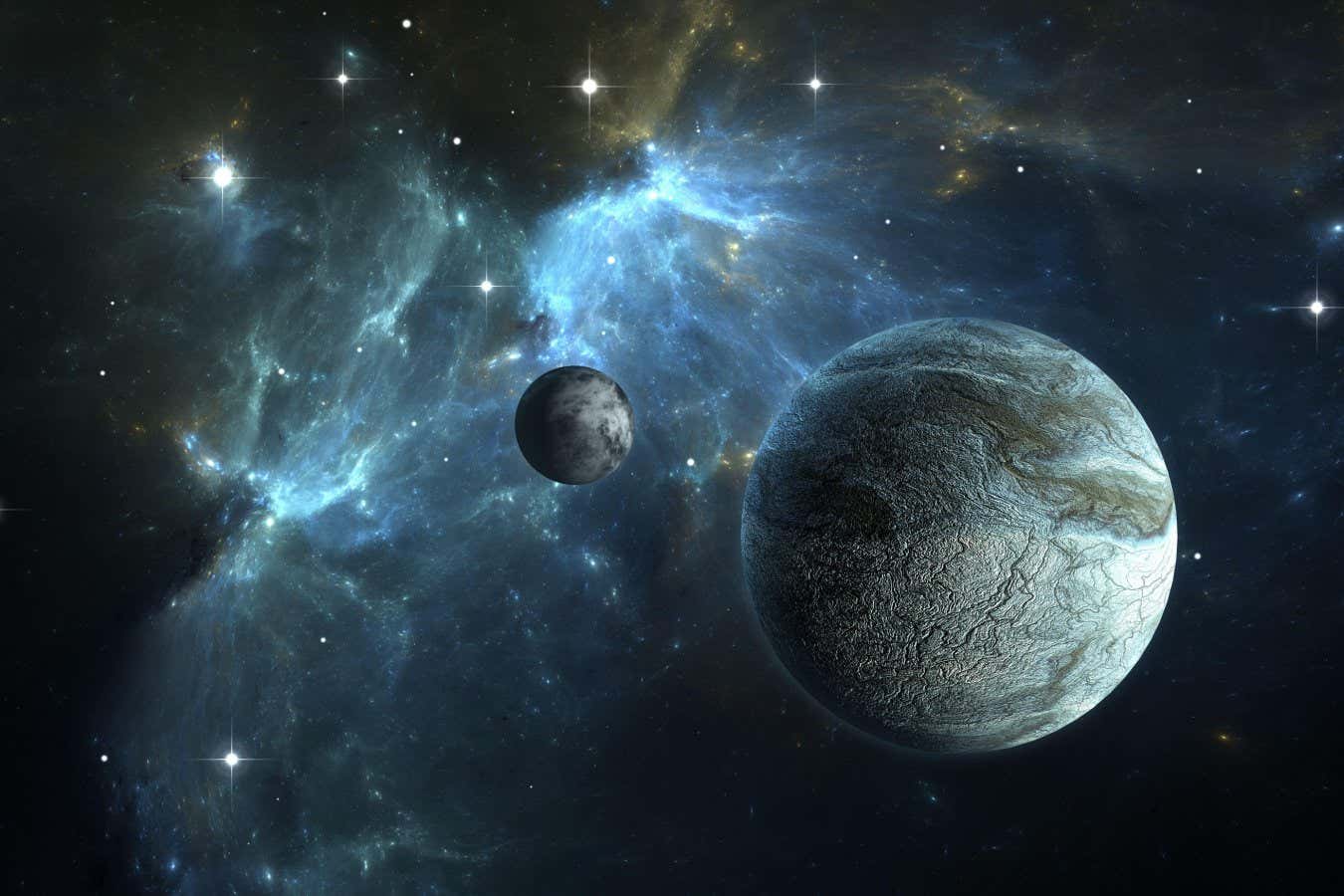Astronomers have picked up evidence of an Earth-sized world, distinct from the previously hypothesised Planet Nine and Planet X, that might be warping the orbits of objects beyond Neptune
By Jonathan O’Callaghan
21 August 2025
Are there unseen planets in our solar system?
Peter Jurik/Alamy
Somewhere at the edge of the solar system a new Earth-sized world might be lurking, dubbed Planet Y.
Astronomers have long proposed that there might be hidden planets beyond the Kuiper belt, a region of icy objects that is home to Pluto. Some of the more famous suggestions include Planet X, a hypothesised world about seven times the mass of Earth orbiting around 50 times the Earth-sun distance – now mostly debunked – and Planet Nine, which would be 10 times the mass of Earth and at least 300 times further from the sun than our planet and which remains a promising possibility.
Read more
Why we must investigate Phobos, the solar system's strangest object
Amir Siraj at Princeton University and his colleagues now propose another world, which they have dubbed Planet Y to make it distinct from the other candidates, based on a warping effect observed on the orbits of some Kuiper belt objects. “If that warp is real, the simplest explanation is an undiscovered inclined planet,” says Siraj.
The planet, if it exists, would have a mass between that of Mercury and Earth, and orbit at about 100 to 200 times the Earth-sun distance. It would be causing the orbits of some Kuiper belt objects to be slightly inclined out of the flat plane of the solar system, like a ripple in a lake, by about 15 degrees, with the gravity of the planet causing them to move above and below the orbital plane of most other objects.
“Our signal is modest, but credible,” says Siraj, with about a “2 to 4 per cent chance of being a fluke”. “Early Planet Nine hints quoted similar fluke probabilities.”
